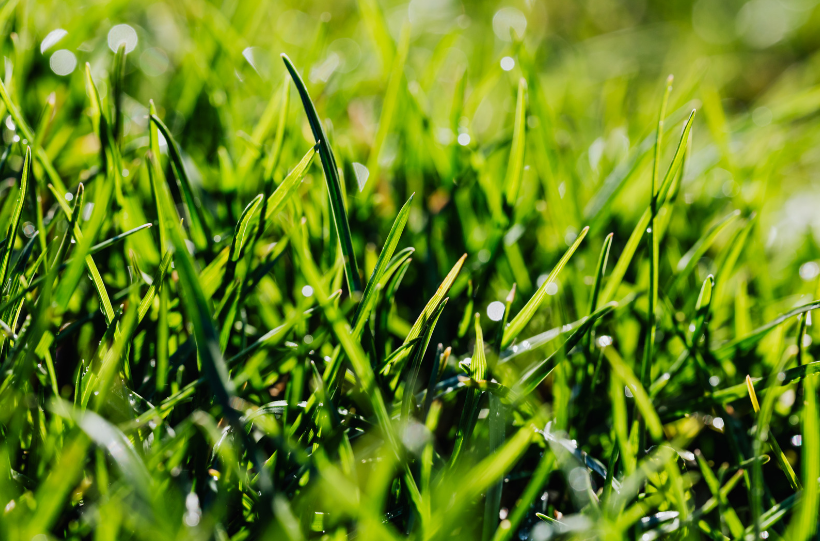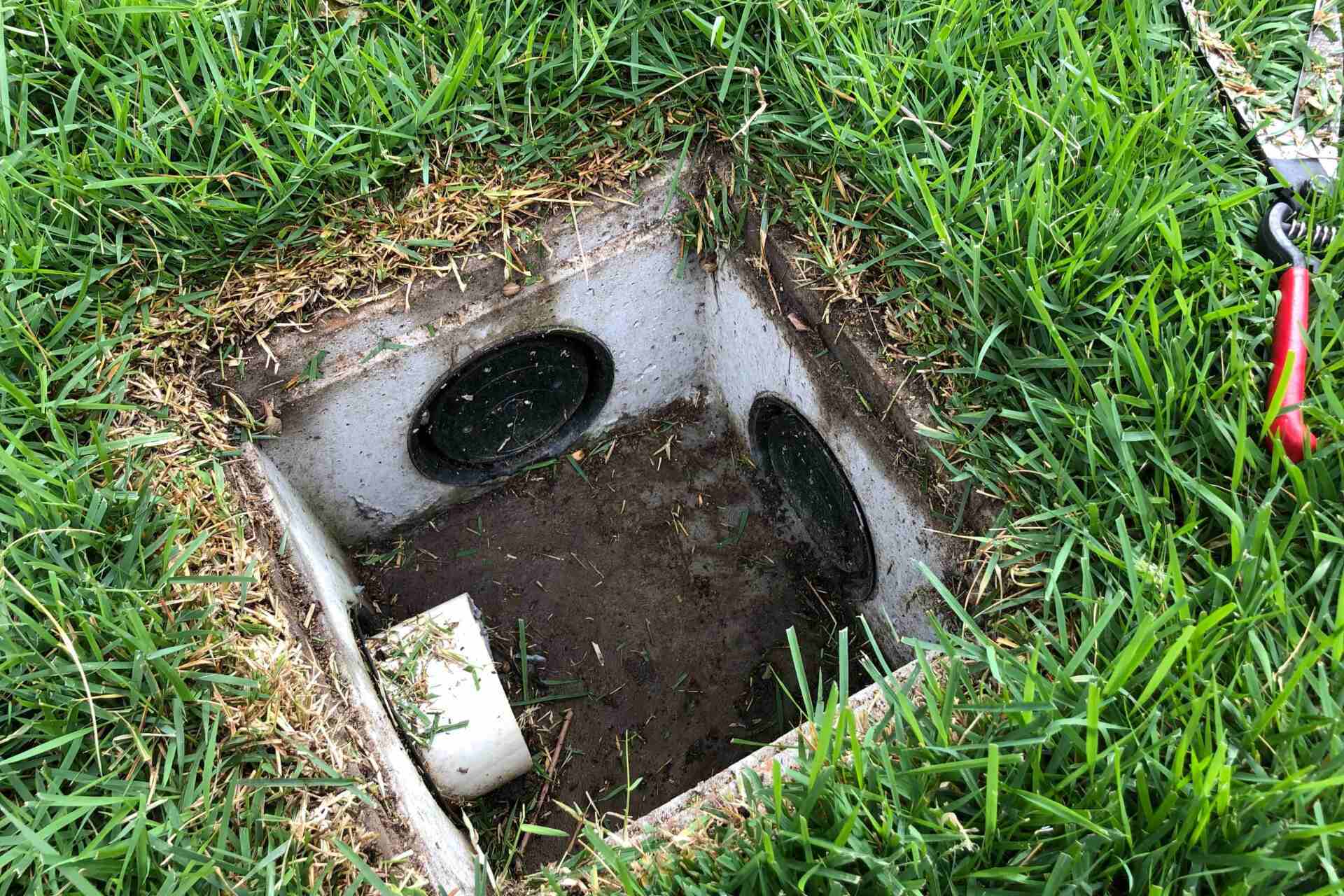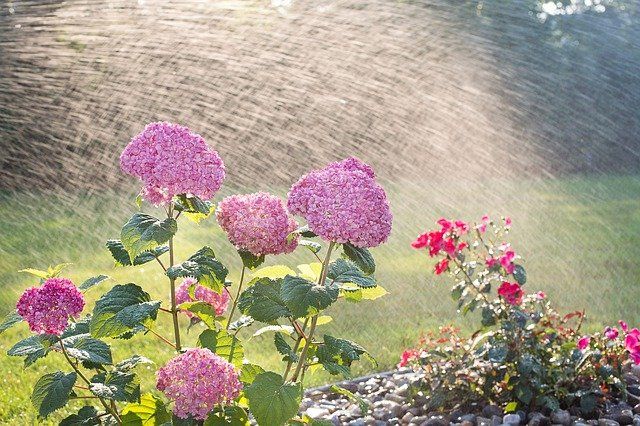How Does a French Drain Work?
How Does a French Drain Work?
French drains are simple yet ingenious systems that drain water away from an undesirable location (such as your home’s foundation) and deposit it in a more favorable place (such as the city’s water drainage system). They have changed little since their invention in the mid-1800s, which is a testament to how effective they are! Though simple in theory, there are many considerations to take into account during the installation of a french drain to ensure that it functions properly.
In its basic form, a French drain consists of a perforated pipe that is buried in an area where water likes to pool. During heavy rain, water seeps into the pipe, then flows through the pipe to the system’s exit. Pipes are buried in a trench filled with gravel or other large rocks, allowing water to enter the drain while keeping leaves and other debris out.
Due to their simple design, French drains are prime candidates for DIY projects. While it is possible to install a French drain yourself, we recommend employing the help of a professional if you do not have any prior landscaping or design experience. There are several factors that must be properly planned and executed to ensure that the drain functions properly and lasts for years!
First, the pipes must be sloped the proper amount and in the proper direction. The general recommendation is that the pipe should slope one inch for every eight feet of length. This allows water to flow smoothly without requiring too much difference in depth over the length of the drain. Too little slope and water will just sit inside the drain, causing a multitude of problems. Too much slope can cause the lowest parts of the system to be buried so deep that water can hardly reach the drain.
Second, the proper pipes must be used. PVC pipe is the most common option, but flexible drain pipe can also be used. Ensure that there are enough drainage holes in the pipe, then install the pipe so that the holes are at the bottom of the pipe (yes, this sounds backwards, but this is one of the most common mistakes people make when installing a French drain themselves!).
Finally, plan ahead to make the system easy to clean. If PVC pipe is used, it is a good idea to install an angled pipe at the highest point in the system to provide above ground access to the drain system. PVC pipe can be cleaned annually or semi-annually with a power washer, ensuring that the system continues to function for many years.
A French drain is a great way to prevent water from pooling in low spots in your yard or seeping into your basement. When properly installed, these simple systems will function for many years with minimal maintenance. If your property could benefit from better drainage, give us a call today to find out more about our
landscaping installation services see if a French drain is the right solution for you!
Still have questions? Need a quote?
Our drainage experts are here to help!
You might also like





